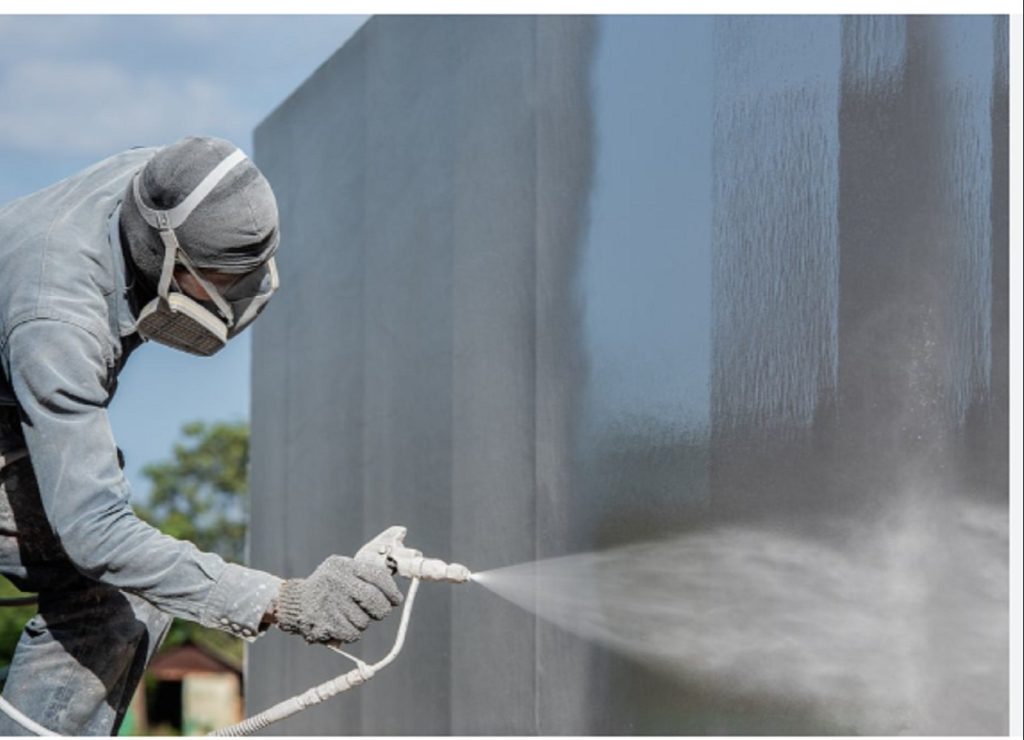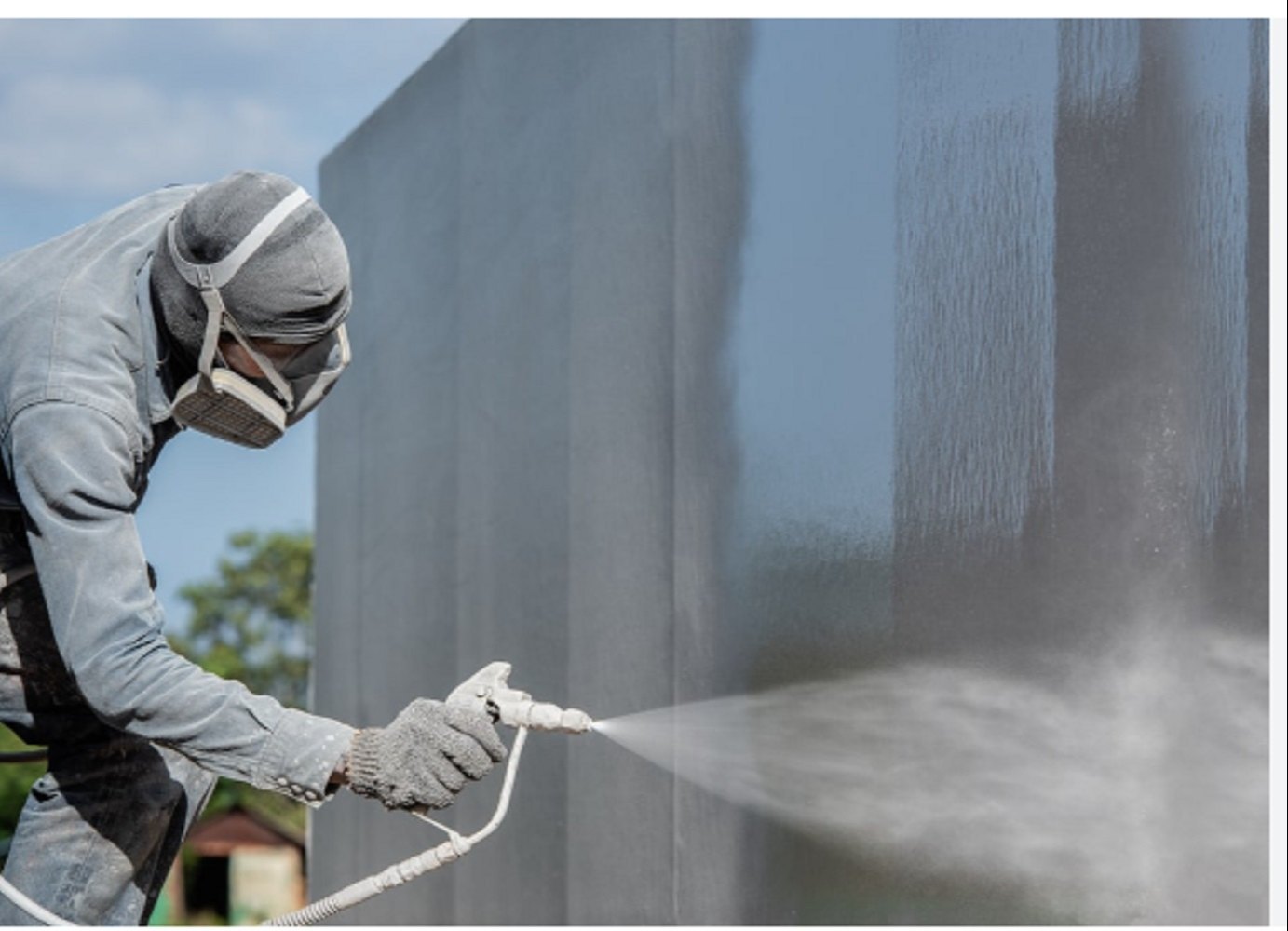
In today’s world, where infrastructure, industrial equipment, and consumer goods face constant exposure to harsh environmental conditions, protective coating solutions play a pivotal role in ensuring durability and longevity. From safeguarding against corrosion to providing insulation against extreme temperatures, these coatings offer a shield of protection, extending the lifespan of various materials and structures. Let’s delve into the world of protective coating solutions and explore their significance across different sectors.
The Importance of Protective Coatings:
Protective coatings serve as a barrier between surfaces and external elements, preventing corrosion, abrasion, chemical damage, and weathering. They are designed to enhance the performance and longevity of diverse substrates, including metal, concrete, wood, and plastics. By forming a protective layer, these coatings mitigate the risks associated with degradation, thereby reducing maintenance costs and extending the operational life of assets.
Types of Protective Coatings:
- Corrosion-resistant Coatings: Corrosion poses a significant threat to metal structures and equipment, leading to structural deterioration and economic losses. Corrosion-resistant coatings, such as zinc-rich primers, epoxy coatings, and polyurethanes, provide a barrier against moisture, oxygen, and corrosive agents, thus preventing metal degradation and extending the lifespan of infrastructure and machinery.
- Abrasion-resistant Coatings: Surfaces subjected to abrasion from friction, impact, or contact with abrasive materials require robust protection to maintain their integrity. Abrasion-resistant coatings, formulated with hard particles or polymers, offer superior resistance to wear and tear, ensuring prolonged service life for components exposed to high-stress environments, such as mining equipment, pipelines, and industrial flooring.
- Heat-resistant Coatings: Applications operating under high temperatures demand specialized coatings capable of withstanding thermal stress and preventing heat-induced degradation. Heat-resistant coatings, often formulated with ceramic or silicone-based materials, provide insulation and thermal stability, making them ideal for protecting surfaces in automotive, aerospace, and industrial processes where extreme heat is a concern.
- Chemical-resistant Coatings: Industries dealing with corrosive chemicals, acids, and solvents rely on chemical-resistant coatings to safeguard equipment and containment structures from chemical attack. These coatings form a barrier that prevents the penetration of harmful substances, mitigating the risk of material degradation, leaks, and environmental contamination in sectors such as chemical processing, oil and gas, and wastewater treatment.
- Weather-resistant Coatings: Outdoor structures and exposed surfaces are susceptible to damage from UV radiation, moisture, and temperature fluctuations. Weather-resistant coatings, including acrylics, polyurethanes, and fluoropolymers, offer UV protection, waterproofing, and color retention properties, preserving the appearance and structural integrity of buildings, bridges, and outdoor equipment.
Advancements in Coating Technology:
In recent years, significant advancements have been made in coating technology, leading to the development of innovative formulations with enhanced performance attributes. Nano-coatings, for instance, utilize nanotechnology to create ultra-thin protective layers with exceptional durability, adhesion, and resistance properties. These coatings offer superior protection against corrosion, scratches, and UV damage while maintaining a clear, transparent finish, making them suitable for a wide range of applications, including electronics, automotive coatings, and architectural surfaces.
Moreover, eco-friendly coatings formulated with low volatile organic compound (VOC) content and sustainable raw materials are gaining traction due to growing environmental concerns and regulatory requirements. These environmentally responsible coatings offer comparable performance to conventional formulations while minimizing the impact on human health and the environment, aligning with the principles of sustainability and corporate responsibility.
Frequently Asked Questions (FAQs) About Protective Coating Solutions
What are protective coating solutions?
Protective coating solutions are specialized formulations applied to surfaces to provide a barrier against corrosion, abrasion, chemicals, weathering, and other damaging elements. These coatings help enhance durability, extend the lifespan of materials, and reduce maintenance costs.
What types of surfaces can benefit from protective coatings?
Protective coatings can be applied to a wide range of surfaces, including metal, concrete, wood, plastics, and composites. They are commonly used in various industries such as construction, manufacturing, automotive, aerospace, marine, and infrastructure.
What are the benefits of using protective coatings?
Some key benefits of using protective coatings include:
- Corrosion protection
- Abrasion resistance
- Chemical resistance
- Weather resistance
- UV protection
- Thermal insulation
- Extended lifespan of assets
- Reduced maintenance requirements
- Enhanced appearance
How do protective coatings protect against corrosion?
Protective coatings create a barrier between the surface and corrosive agents such as moisture, oxygen, and chemicals, preventing them from coming into contact with the underlying material. This barrier inhibits the corrosion process, thereby preserving the integrity and structural strength of the substrate.
What are some common types of protective coatings?
Common types of protective coatings include:
- Corrosion-resistant coatings (e.g., epoxy coatings, zinc-rich primers)
- Abrasion-resistant coatings (e.g., polyurethane coatings, ceramic coatings)
- Chemical-resistant coatings (e.g., epoxy phenolic coatings, fluoropolymer coatings)
- Heat-resistant coatings (e.g., silicone coatings, ceramic coatings)
- Weather-resistant coatings (e.g., acrylic coatings, fluoropolymer coatings)
How long do protective coatings last?
The longevity of protective coatings depends on various factors, including the type of coating, environmental conditions, substrate material, application method, and maintenance practices. Generally, high-quality coatings applied correctly can last anywhere from several years to several decades.
Are there environmentally friendly options for protective coatings?
Yes, there are environmentally friendly options for protective coatings available in the market. These coatings are formulated with low volatile organic compound (VOC) content and sustainable raw materials, reducing their environmental impact while still providing effective protection against various hazards.
Can protective coatings be applied to existing surfaces?
Yes, protective coatings can be applied to existing surfaces as part of maintenance or refurbishment projects. Surface preparation is crucial to ensure proper adhesion and performance of the coating. This may involve cleaning, sanding, or priming the surface before applying the protective coating.
Are there specialized coatings for specific industries or applications?
Yes, there are specialized coatings designed to meet the unique requirements of different industries and applications. For example, there are coatings specifically formulated for marine environments, automotive applications, oil and gas facilities, food processing plants, and architectural structures.
How can I choose the right protective coating for my project?
Choosing the right protective coating involves considering factors such as the substrate material, environmental conditions, expected hazards, performance requirements, budget constraints, and regulatory compliance. Consulting with a coatings expert or manufacturer can help identify the most suitable coating solution for your specific project needs.
What is the application process for protective coatings?
The application process for protective coatings typically involves surface preparation, application of the coating using methods such as spraying, brushing, or dipping, and curing or drying according to the manufacturer’s instructions. Proper surface preparation, including cleaning, degreasing, and sometimes roughening the surface, is essential for ensuring adhesion and longevity of the coating.
Can protective coatings be applied in harsh environmental conditions?
Yes, some protective coatings are specifically designed for application in harsh environmental conditions, such as extreme temperatures, high humidity, or corrosive atmospheres. These coatings may have special formulations or additives to ensure proper curing and performance under challenging conditions.
What is the difference between a primer and a topcoat in protective coating systems? Primers are applied directly to the substrate before the topcoat and serve to improve adhesion, corrosion resistance, and substrate protection. Topcoats are applied over primers to provide additional protection, color, gloss, and other aesthetic properties. Together, primers and topcoats form a complete protective coating system.
Do protective coatings require any special maintenance?
While protective coatings are designed to minimize maintenance requirements, periodic inspection and maintenance may be necessary to ensure continued performance and longevity. This may include cleaning the surface, repairing damaged areas, or recoating as needed, depending on the conditions and exposure.
Are there coatings available for enhancing surface appearance or adding decorative effects?
Yes, there are coatings available that not only provide protection but also enhance the appearance of surfaces or add decorative effects. These coatings may include clear coatings for maintaining the natural appearance of substrates, as well as pigmented coatings for adding color, texture, or other aesthetic effects.
Can protective coatings be removed or recoated?
Yes, protective coatings can typically be removed using methods such as abrasive blasting, chemical stripping, or mechanical scraping, depending on the type of coating and substrate. Recoating may be necessary periodically to maintain protection and appearance, especially in high-wear or corrosive environments.
Are there regulations or standards governing the use of protective coatings?
Yes, there are various regulations, standards, and industry guidelines governing the use of protective coatings, particularly in sectors such as transportation, infrastructure, and environmental protection. These may include standards for coating performance, environmental impact, safety, and application techniques.
Can protective coatings be customized or tailored to specific requirements?
Yes, many manufacturers offer custom formulations or tailored solutions to meet specific performance, environmental, or application requirements. Working closely with a coatings supplier or manufacturer can help ensure that the chosen coating meets the unique needs of a particular project or application.
What factors should be considered when evaluating the cost-effectiveness of protective coatings?
When evaluating the cost-effectiveness of protective coatings, factors to consider include the initial cost of materials and application, expected service life and maintenance requirements, potential savings from reduced downtime or replacement costs, and the overall return on investment (ROI) over the life of the coating.
How can I find reputable suppliers or manufacturers of protective coatings?
Reputable suppliers or manufacturers of protective coatings can be found through industry associations, trade shows, online directories, and referrals from colleagues or industry professionals. It’s essential to research potential suppliers, request product samples or technical data, and consider factors such as product quality, reliability, and customer support before making a decision.
Conclusion:
Protective coating solutions play a vital role in safeguarding assets, infrastructure, and equipment across various industries, offering protection against corrosion, abrasion, chemicals, and environmental factors. With advancements in coating technology and a growing emphasis on sustainability, the market for protective coatings continues to evolve, providing innovative solutions that enhance durability, longevity, and performance while minimizing environmental impact. As industries strive to optimize asset management and reduce lifecycle costs, the adoption of effective protective coating solutions remains paramount in ensuring the reliability and resilience of critical infrastructure and assets for years to come.
